Walmart Embraces Amazon MCF: A New Era of Cross-Platform Fulfillment for eCommerce
Walmart Embraces Amazon MCF: A New Era of Cross-Platform Fulfillment for eCommerce
In September 2010, a marketplace came into life called “Wish,” which has almost every unique, weird, and exciting thing to offer. In nearly less than a decade, what made Wish marketplace, one of the favorite places to shop, is product variability, low price, and an aura of the Chinese market. With this lot of products range, merchants are always on a lookout for some product boost techniques to garner quality chunks of buyers.
Where products from Wish are generally no-name merchandise that is shipped directly from china to your home, you can sell your products on Wish marketplace in no time following a general form and business verification.
In 2018, Wish App became the topmost downloaded shopping app on Google Play Store and was among the Top 5 shopping app on the IOS App Store.
As soon as you put up your store on Wish, the next concern is how you can enable wish ads to be found among the million other products. Product Boost feature allows you to use the analytics-driven ad ecosystem that pushes your products to buyers who are more likely to purchase.
Product Boost is the native advertising platform of popular Wish Marketplace. Here you can run targeted campaigns on your products from Wish, to maximize your conversions and generate higher revenue.
As wish generates data for campaigns by recording their past behavior; therefore, Wish gets better in identifying potential customers when several buyers purchase multiple units of an item.
Meanwhile, you need not undergo much pain to sell your products on Wish Marketplace, but what is challenging is to grab more sales. The Product Boost campaign shows ads on Website, app, search results, related tabs, and other placements
The usage of Product Boost has been effective if you sell your products on Wish. In a survey, Wish gave 30000 merchants access to its product boost wish ads, and of that, 13% used it. On average, Products from the Wish marketplace with Product Boost Ads drove 39% more sales for merchants.
Also, wish merchants saw their income rise by $7.68 for every $1 they spent, and in some weeks, the sales increased up to $11.13.
To create a campaign,
Here merchants need to enter the following information:
Here two things are essential to understand: Keywords and Bid Value.
After you’re done from entering a campaign name, selecting products, and setting campaign, you need to sit down for keyword research.
Consider you’re selling a baseball bat here, then possible keywords can be following. They’re categorized into three categories (and they’re not the only ones).
| Depending on Material | Depending on Pricing | Innovative Keyword ideas |
| baseball bats wood | cheap wooden baseball bats for crafts | wood bats youth |
| baseball bat metal | baseball bat for sale | youth bbcor bats |
| Composite baseball bat | cheap baseball bats | USA baseball bats |
| Composite baseball bat | cheap wooden baseball bats | youth baseball bats |
| custom wood baseball bats | aluminum baseball bats for sale | Louisville Slugger bat |
| custom wood baseball bats | baseball bat red hot deals | wooden baseball bats for crafts |
| a plain wooden baseball bat | – | custom baseball bats |
Now you need to put all these options into the keyword box, also, if you need help from Wish, you can get it using Keyword tool:
Once you enter the keyword in the dialog box and hit enter, the estimates for the potential reach, competition, and bids for that keyword are available for you.
Your bid can be greater than or equal to the suggested bid.
Since the Wish Marketplace shows suggested bid, so how to determine which products to market and which bid value to choose as they vary as per keywords.
To understand it better, first, you need to understand CPM (Cost per mille), i.e. the cost you’re willing to pay wish to get 1000 impressions for an item.
Wish suggests a formula to calculate CPM which is: C.P.M. <= Gross Profit Margin * Conversion Rate * CTR * 1000
So let’s understand all the terminologies:
Gross Profit Margin: The Profit you earn on a single unit
Conversion Rate: Ratio of buyers to visitors (*) 100
CTR: Ratio of clicks to impressions (*)
So let’s consider your gross profit margin is $30. The conversion rate for the product is 3%, and the CTR is 1%. Which means for every 1000 impressions you sell, 0.3 units of the item.
Therefore, for 10,000 impressions, you get to sell three units.
Then, CPM <= 30*.03*.01*1000,
C.P.M <= $9
Now that CPM for 1000 is $9.
Pro Tip:
Now that you know about the CPM figure out if the suggested bid is within the range of CPM.
If suggested Bid > CPM, then you don’t need to bid at all since it will eat into your profits.
Now, Allocate the Budget for the campaign, Wish also provide recommendations for the budget with details (as shown in the figure)
Allocate the budget and Run the campaign, once you’ve started the campaign, start reviewing your campaigns after the items have received at least 10000 impressions.
It will be easy to analyze if you can sell your product on Wish more efficiently or if you need to strategize accordingly.
Product Boost is beneficial if you have a high converting product with a significant margin. As wish understands its buyers, its native ad system suggests items to customers based on their previous purchases, so the conversion rate is always higher.
Wish App has been among the Top 10 most popular e-commerce apps in the U.S. 2019, by reach. Utilizing Wish Ads to your products from Wish shopping platform is cost-effective decision. In case you need any help, drop your comments below!

Walmart Embraces Amazon MCF: A New Era of Cross-Platform Fulfillment for eCommerce
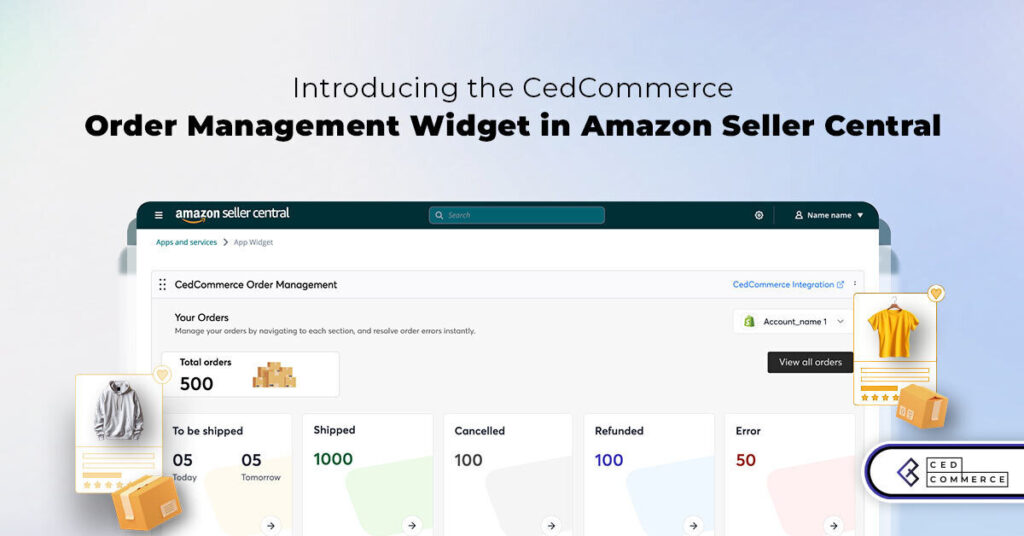
Order Management Redefined: A Centralized Solution for Amazon Sellers

Maximizing TikTok Shop’s Regional Compatibility for US, UK, and EU Markets
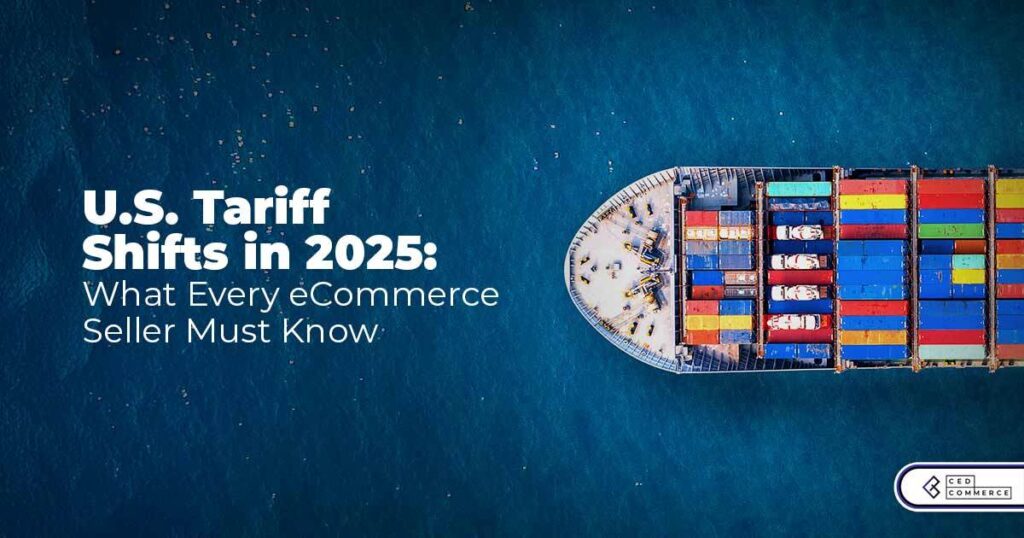
Understanding U.S. Tariffs in 2025: What Sellers Need to Know and Do
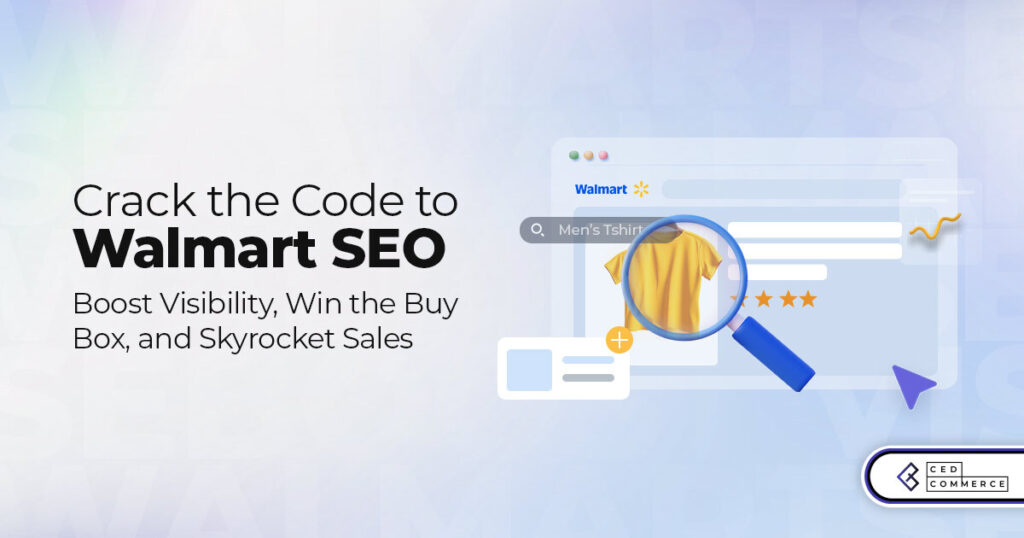
Walmart’s Search Algorithm Decoded: How to Rank Higher & Sell More

TikTok Gets a 75-Day Reprieve in the USA as Trump Signals Hope for a Deal

TikTok Shop Introduces Category-Based Benchmarks for Product Listings – What Sellers Need to Know

Amazon FBA vs. FBM: Which Fulfillment Method Is Right for You?

Amazon Launches Another AI Tool for Sellers: AI Generated Product Enrichment
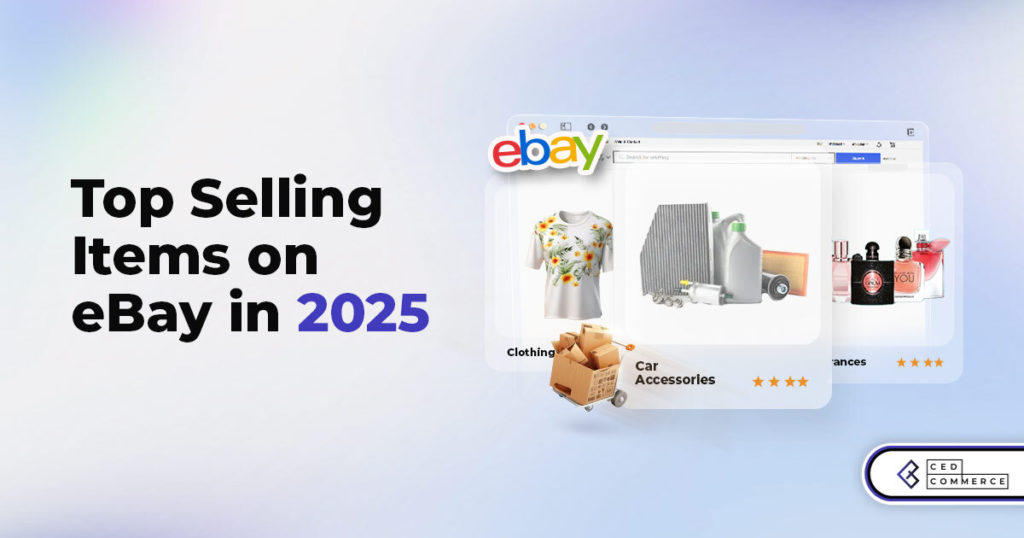
Top 10 Selling Items on eBay in 2025

Amazon launches AI Powered ‘Interests’ Feature to Improve Shopping Experience
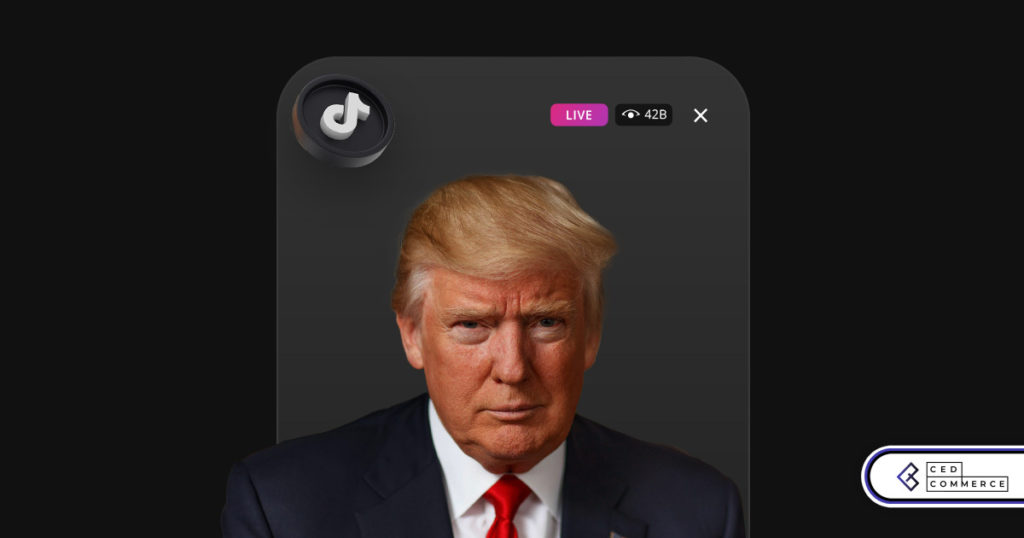
Is TikTok Staying in the US? The State of TikTok Ban
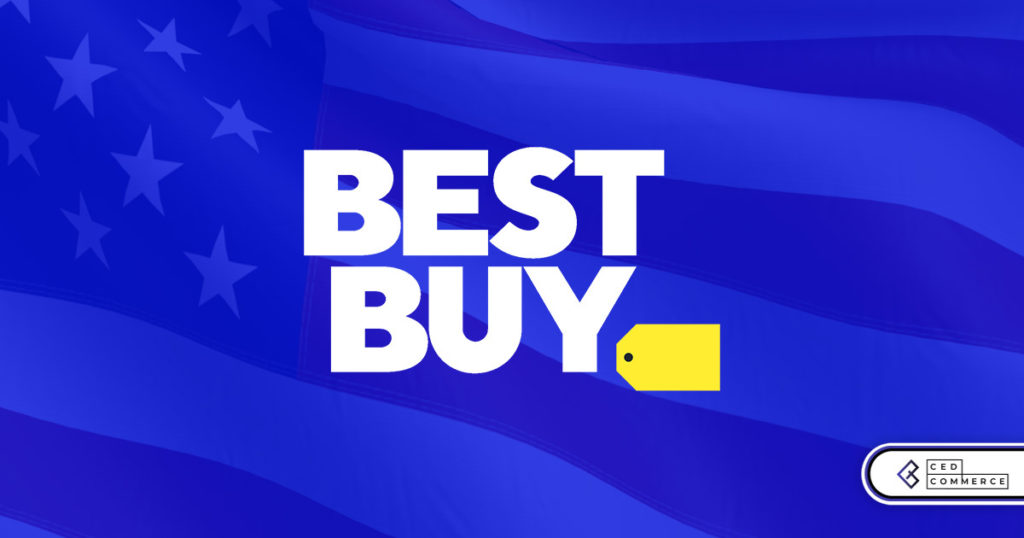
Best Buy coming back to the US, Marketplace Relaunch and New Opportunities in Store!

Miravia PrestaShop Connector: Built for Smart Sellers
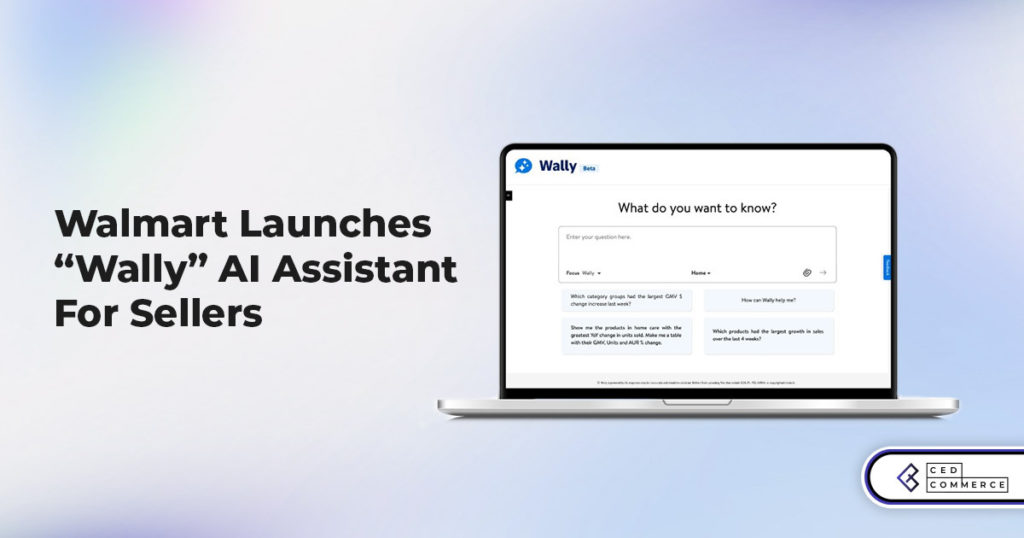
Walmart Launches “Wally”, AI Assistant For Merchants

TikTok Shop to Start Business in Germany, France, and Italy
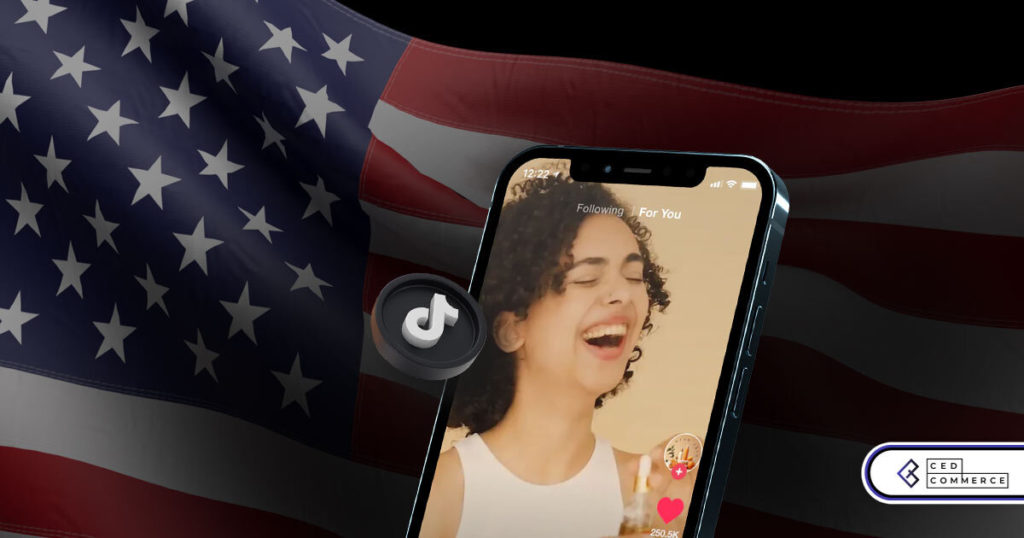
TikTok Shop Surges as Americans Spend $700 Annually, Defying Regulatory Pressures
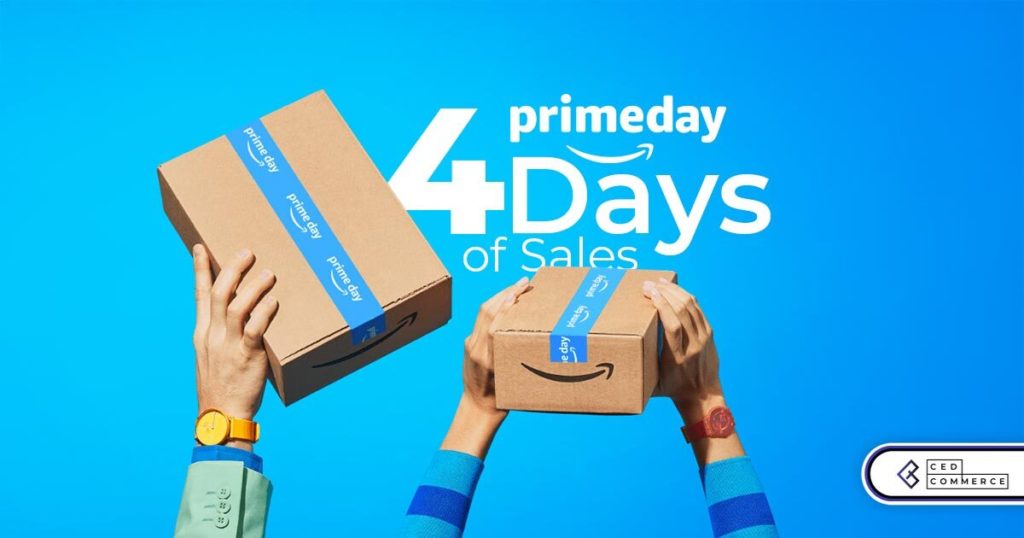
Amazon’s Longest Prime Day Ever: What You Need to Know

eCommerce Growth in the Netherlands: A 5% Surge in 2024 with Bright Prospects Ahead

CedCommerce Launches Shopee & Lazada Integration for WooCommerce on WordPress.com